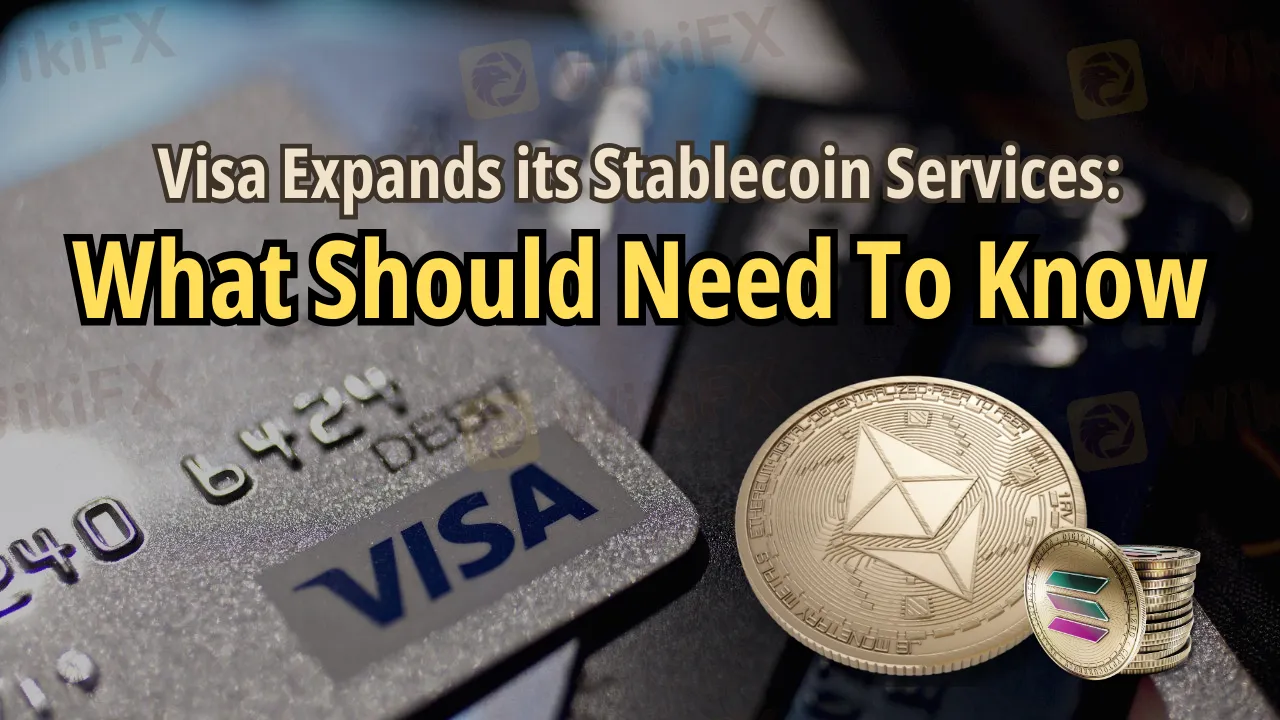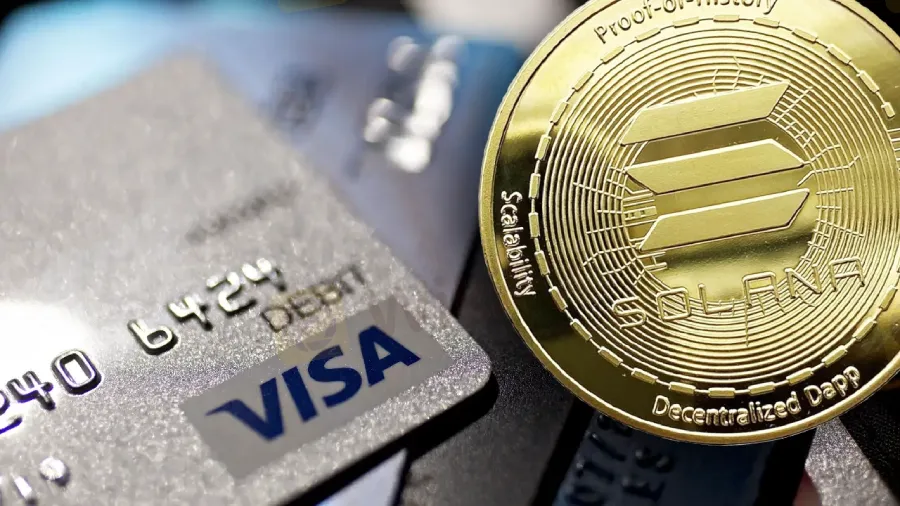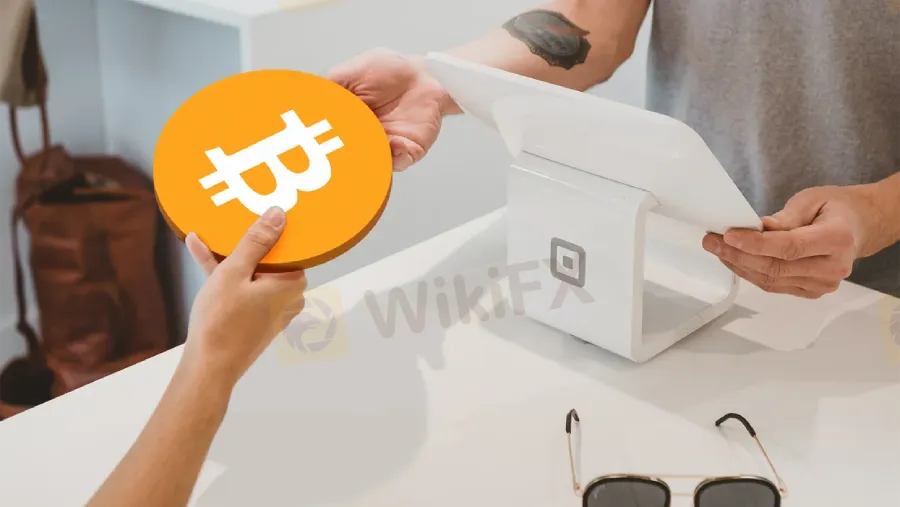简体中文
繁體中文
English
Pусский
日本語
ภาษาไทย
Tiếng Việt
Bahasa Indonesia
Español
हिन्दी
Filippiiniläinen
Français
Deutsch
Português
Türkçe
한국어
العربية
BREAKING: Visa Expands its Stablecoin Services - What Should Need To Know
Abstract:Explore Visa's venture into digital currency with Solana and its partnership with Worldpay and Nuvei. Dive into the future of stablecoin transactions.

What's Happening?
Visa, a leading payments company is pushing forward in the digital currency space. They've expanded their ability to use stablecoins for settling payments, and now, they're involving the Solana blockchain network in this. Alongside, Visa is launching pilot programs with merchant acquirers like Worldpay and Nuvei. Their primary goal? To make the transfer of the stablecoin, USDC, smooth and efficient.
Background Info
Previously, Visa worked alongside Crypto.com and Circle. Together, they made use of USDC and another blockchain network, Ethereum, to quickly settle payments between those who issue and those who accept payments. With Solana in the picture now, Visa aims for even swifter and more affordable transactions for clients using stablecoins.

Cuy Sheffield, who leads the crypto segment at Visa, pointed out how these efforts make cross-border settlements faster. Using blockchain networks like Solana and Ethereum, along with stablecoins like USDC, they hope to provide a modern, quick method for clients to deal with funds.
How Does This Benefit Merchants?
Before this, when you made an international purchase, your payment had to undergo a long conversion process involving traditional currencies. But with stablecoin settlement, the process becomes quicker.
Jim Johnson from Worldpay Merchant Solutions emphasized that the evolving commerce landscape requires diverse funding options and flexibility. Merchants, in turn, will benefit from such advancements.

Why Solana?
Solana is gaining traction as a popular blockchain network. It boasts its ability to manage over 2,000 transactions every second. However, its worth noting that there were some technical glitches with Solana in the past year.
Visa's Vision
With these moves, Visa is aiming to be a trailblazer in the digital currency world. By using crypto for settlements, they are getting their systems ready for the new-age internet (often called Web3). The belief is that stablecoins, like USDC, offer the promise of almost immediate settlement – a significant leap from the slower traditional bank transfers.

Why Worldpay and Nuvei?
Both Worldpay and Nuvei work with a vast range of merchants. These merchants are increasingly mingling with the crypto world, dabbling in areas like NFT marketplaces, crypto introduction platforms, and games based on blockchain, as per the press release.
Nuveis CEO, Philip Fayer, regards stablecoins, especially USDC, as revolutionary in the payments sphere. They can potentially supercharge the growth of online businesses globally.
Stay updated with such news by checking out the WikiFX App on your smartphone. Download the App here: https://www.wikifx.com/en/download.html

Disclaimer:
The views in this article only represent the author's personal views, and do not constitute investment advice on this platform. This platform does not guarantee the accuracy, completeness and timeliness of the information in the article, and will not be liable for any loss caused by the use of or reliance on the information in the article.
Read more

Coinbase Under Scrutiny Amid Wrapped Bitcoin Delisting Controversy
Coinbase has come under fire after announcing its decision to delist Wrapped Bitcoin (wBTC), a move critics claim could be driven by competitive interests. The delisting, set to take effect on 19 December, has sparked allegations of market manipulation and concerns about fairness in the cryptocurrency ecosystem.

Solana Soars to All-Time High, Hits $264 on Coinbase
Solana hits $264 on Coinbase, breaking its 3-year high with an 11% daily surge. Learn what’s driving SOL's meteoric rise and the crypto market rally.

Mastercard Partners with JPMorgan for B2B Cross-Border Payments
Mastercard and JPMorgan's Kinexys Digital Payments join forces to enhance B2B cross-border payments, promising faster settlements and greater transparency.

Bitcoin Nears $100,000: A Triumph of Optimism or a Warning Sign?
Bitcoin’s meteoric rise continues to capture global attention as its price recently surpassed the $99,000 mark, briefly approaching the $100,000 milestone. This unprecedented rally has led market sentiment to reach a state of “extreme greed,” according to the Fear and Greed Index. Analysts suggest that the market may be entering overheated territory, raising questions about sustainability amidst ongoing enthusiasm.
WikiFX Broker
Latest News
eToro Expands Nationwide Access with New York Launch
Webull Partners with Coinbase to Offer Crypto Futures
Why Is UK Inflation Rising Again Despite Recent Lows?
Hackers Charged for $11M Crypto Theft Using SIM-Swaps
Role of Central Banks in the FX Market
FCA Alerts Against Sydney FX
What Makes Cross-Border Payments Easier Than Ever?
Trader Exposes Unethical Practices by STP Trading
Interactive Brokers Launches Tax-Friendly PEA Accounts in France
Google Warns of New Deepfake Scams and Crypto Fraud
Currency Calculator


